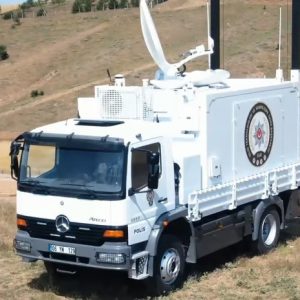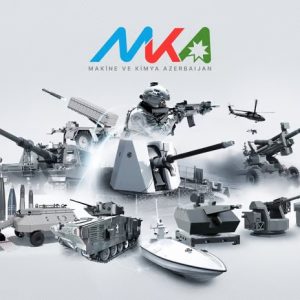Pentagon has unveiled plans to develop Stealth UAVs for Realistic Training Against Fifth-Generation Fighters. This cutting-edge initiative aims to provide pilots with a realistic training environment to counter the capabilities of fifth-generation fighter aircraft. Let’s delve into the significance, challenges, and potential impact of this groundbreaking training strategy.

Evolving Training for Evolving Challenges
H2 Title: The Need for Realistic Training
As the landscape of aerial warfare rapidly evolves with the introduction of advanced fifth-generation fighter aircraft, traditional pilot training methods face challenges in keeping up with the complexity of modern combat scenarios. Realistic training against these high-tech adversaries is essential to ensure that pilots are adequately prepared to face the dynamic nature of contemporary air combat.
H3 Title: Enter the Stealth UAV
The Pentagon’s answer to this challenge comes in the form of a stealth Unmanned Aerial Vehicle (UAV). This UAV is designed to replicate the capabilities, performance, and tactics of fifth-generation fighters, providing an immersive and true-to-life training experience for pilots. By simulating real-world engagements, pilots can hone their skills, develop strategies, and refine their decision-making abilities in a risk-free environment.
Unleashing Technological Excellence
H2 Title: Advanced Technology at Work
The development of the stealth UAV involves a convergence of cutting-edge aviation technology. From advanced sensor systems to sophisticated artificial intelligence algorithms, every aspect of the UAV is meticulously crafted to mimic the behavior of fifth-generation fighters. This technological excellence not only enhances pilot training but also accelerates the learning curve for mastering the complexities of modern air combat.
H3 Title: Realistic Simulations for Enhanced Competence
The stealth UAV offers a range of realistic simulations, from one-on-one dogfights to complex squadron-level operations. Pilots can engage in intricate battle scenarios, practice evasive maneuvers, and refine teamwork strategies. This level of immersion ensures that pilots are well-prepared to face the unpredictable nature of real-world combat situations.
Challenges and Future Prospects
H2 Title: Overcoming Technical Hurdles
The development of a stealth UAV tailored for training against fifth-generation fighters presents several challenges. Achieving the desired level of realism, accuracy, and performance requires overcoming technological hurdles and ensuring seamless integration of various components. Moreover, maintaining cybersecurity and data integrity are paramount to prevent unauthorized access to sensitive training data.
H3 Title: Shaping the Future of Training
Despite the challenges, the potential impact of the stealth UAV on pilot training is immense. This innovative approach not only enhances pilot competence but also reduces the need for costly and resource-intensive live training exercises. As the technology matures, it could pave the way for more efficient, adaptable, and customizable training programs that cater to the evolving needs of modern air forces.
FAQs (Frequently Asked Questions)
Q1: What is the Pentagon’s stealth UAV initiative?
A1: The Pentagon is developing a stealth Unmanned Aerial Vehicle (UAV) to provide pilots with realistic training against fifth-generation fighter aircraft.
Q2: Why is realistic training important for pilots?
A2: Realistic training prepares pilots to face the complexities of modern air combat scenarios, particularly against advanced fifth-generation fighter aircraft.
Q3: How does the stealth UAV enhance training?
A3: The stealth UAV replicates the capabilities of fifth-generation fighters, offering immersive simulations that allow pilots to refine skills, tactics, and decision-making.
Q4: What challenges does the initiative face?
A4: The initiative faces challenges in achieving realistic simulations, integrating advanced technology, ensuring cybersecurity, and maintaining data integrity.
Q5: What’s the future outlook for this training strategy?
A5: The stealth UAV has the potential to reshape pilot training, making it more efficient, adaptable, and cost-effective, while keeping pace with evolving air combat needs.
In conclusion, the Pentagon’s endeavor to develop a stealth UAV for realistic training against fifth-generation fighters underscores its commitment to innovation and excellence in pilot training. By harnessing cutting-edge technology and immersive simulations, this initiative has the potential to redefine how pilots are prepared for the challenges of modern air combat. As the project progresses, the aviation community eagerly anticipates the transformative impact it could have on shaping the future of pilot training programs worldwide.










